Everything you need to know before your New Year's road trip
Jumping in the car and going for a drive is a much-loved Aussie escape and an affordable way to holiday around Australia.
But there are a few things to check before you load up that playlist and head off into the sunset for a road trip to ring in 2020.
The importance of checking your seatbelt
Before you start packing the up the car, double-check that all the seatbelts are functioning and any child seats are secured tightly and correctly.
It’s especially important if you have a child car seat to have it fitted by a certified technician, Mark Hely from Jax Tyres told Yahoo News Australia.
“It is an added expense, but we’re talking about priceless cargo,” he said.
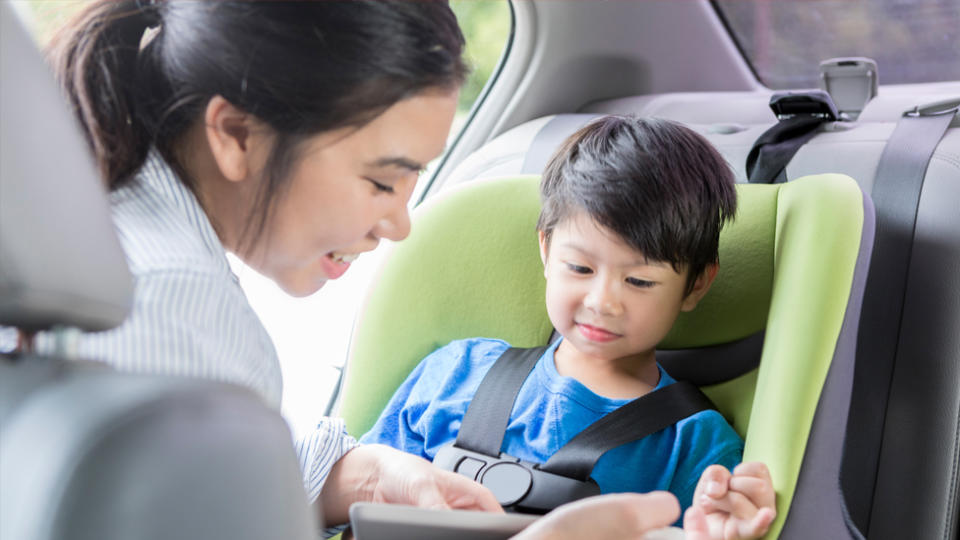
Incorrectly installed baby seats won’t protect a child in the event of an accident, leaving them at risk of serious injury or in the worst case, death.
If you are travelling with kids, make sure all child-proof locks have been activated.
Keep everyone safe by making sure your car is secure and test all the locks to avoid theft and fines for leaving your car unlocked.
How to correctly pack your luggage
Packing your car correctly can be tricky and for some it’s an art form to get it just right.
Insurance provider AAMI suggests there are key points to remember when filling your car with all the essentials of a trip.
Place heavy items on the bottom and try to distribute weight evenly throughout the car by placing the bulkier items in the middle and smaller items around them.
Overloading your vehicle can affect the manoeuvrability of the car and be a hazard on the road.
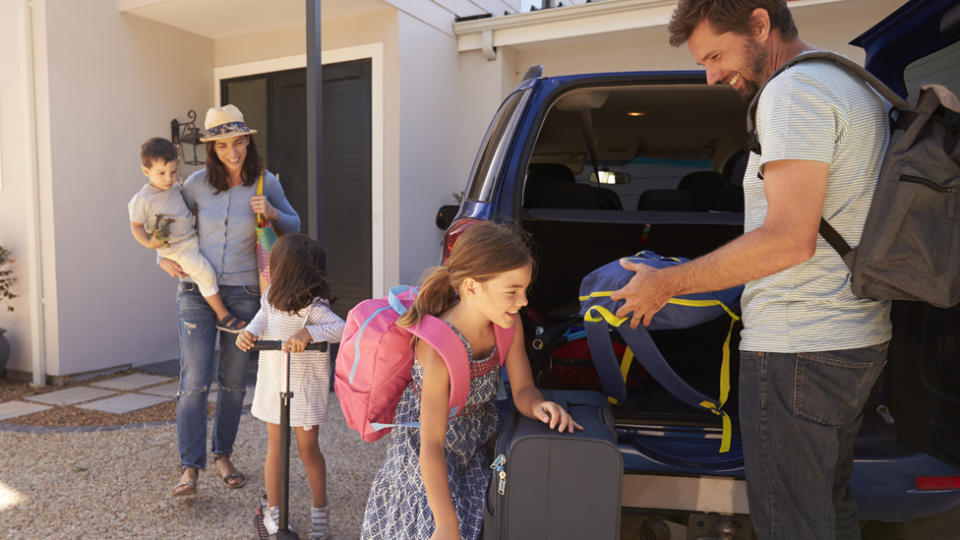
Be sure to keep items toward the back of the car at a low level to avoid blocking the driver’s rear view
If you are loading anything on the roof of the vehicle, triple-check that items are tied down with a good quality luggage cover or ropes and tie at the recommended tie-down points.
Remember that if you pack anything on the roof, it’s adding height to your car and something to consider when entering garages or tunnels.
The seven-step safety check
The NRMA have a seven-step safety check to follow before you head off on your trip.
They advise checking the levels of your coolant, engine oil and transmission fluids.
Make sure your windscreen wipers work well and you have enough washer fluid to clear any debris that might hit your windscreen while you’re on the road.
‘I just had this gut feeling’: Devastating moment mum discovers 20-year-old’s crash death
'Destroying a family': How police officer delivers news of road fatalities to loved ones
'It’s so dangerous': The biggest hazard on the road scaring paramedics
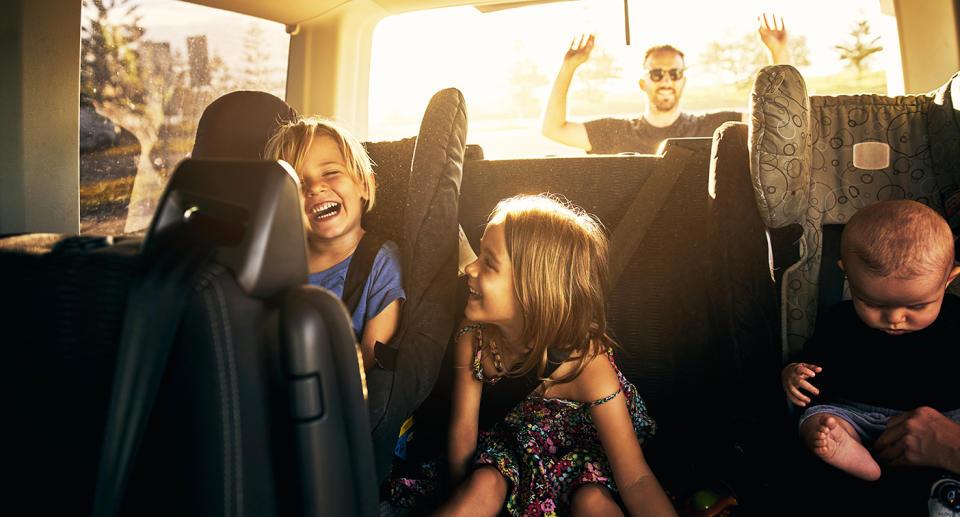
Check all the lights on your car to make sure they’re working correctly and replace any bulbs that may have blown.
Remember to check indicators and high beams, and have someone help you check that your brake lights are working.
Cleaning your car might seem optional and will make a road trip more pleasant, but there’s also a safety reason behind it.
When giving the interior a clean, remember to check under seats to make sure there isn’t anything underneath that could roll under the brake and accelerator pedals.
It’s also a good idea to check when your car was last serviced to make sure everything is up to date and pay attention to any warning lights on your dash.
Make sure tyres are in top condition
Ensuring that all four tyres on the road are in good shape is vital to keep you safe in all weather conditions and in the event of sudden braking or swerving.
You should check your tyre pressure regularly and especially if you are about to head off on a long drive.
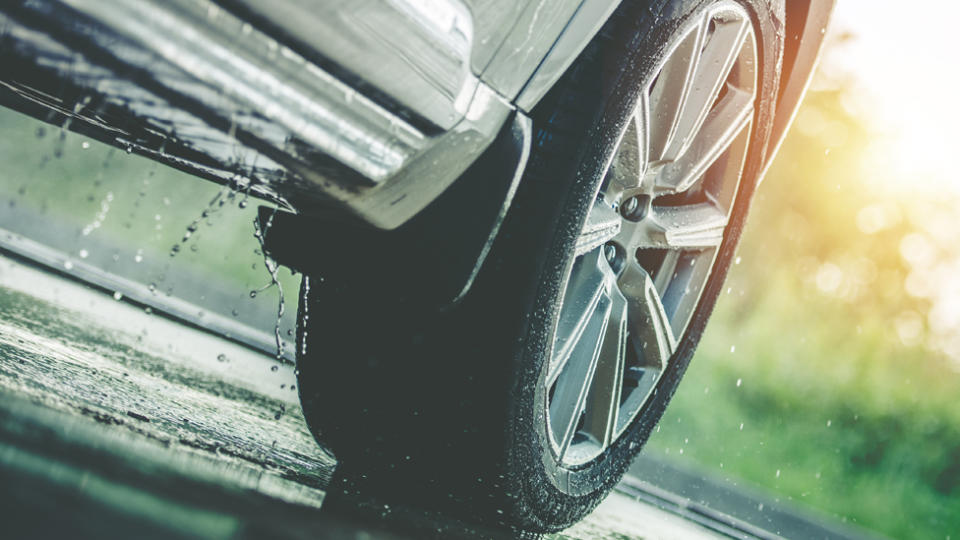
It’s not ‘one size fits all’ when it comes to tyre pressure – check your owners manual or placard to find out the correct tyre pressure for your model, and head to the nearest service station to check all your tyres, including your spare tyre.
Keep an eye out for anything that may have pierced the tyre, or items that might still be lodged in the tyre such as nails or other sharp items that could cause a flat tyre.
To avoid driving on dangerous and illegal bald tyres you can check the wear indicator bars moulded into the tyre and make sure they aren’t visible.
New tyres start off with 8mm of tread and will wear down with use. The RAC recommends replacing tyres once they reach 3mm of tread.
It’s important to keep on top of it as driving with less than 1.5mm of tread depth in Australia is illegal.
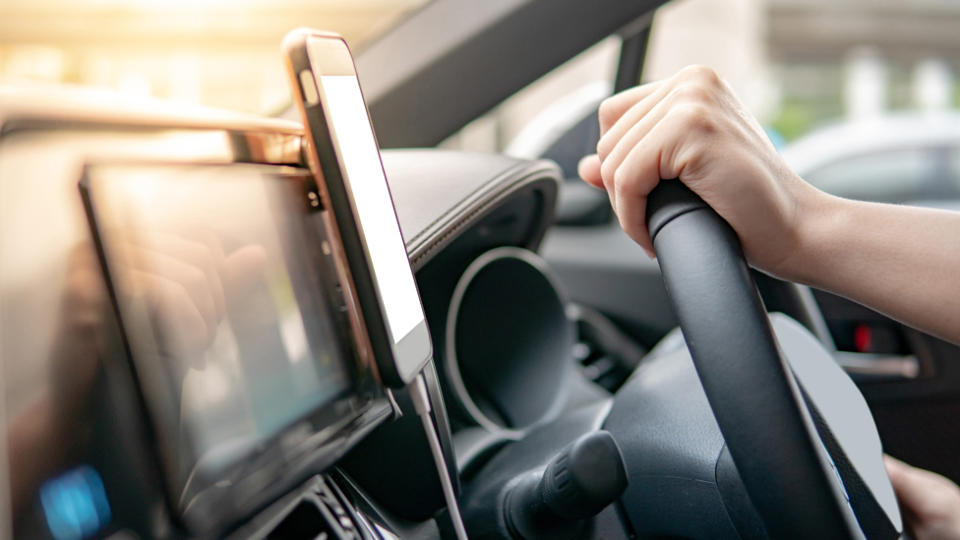
Mobile phone safety
Mobile phones are a necessity on the road, not just if you need to call emergency services but if you rely on navigation apps to keep you on the right path when heading to an unknown destination.
But it’s important to keep your hands off your phone, with the introduction of tough new penalties for illegally using your mobile phone while driving in Queensland and cameras in NSW that can now detect if a driver even touches a mobile phone while driving.
Either place your phone on ‘do no disturb’ while driving or have your phone secured in a cradle with the option to operate the phone without the driver touching it. This means having a feature like Bluetooth activated.
While staying vigilant is important, keep in mind during public holidays double demerits usually apply for breaking road rules and differ in each state.
Avoid dangerous driver habits
Driving for long hours can lead to fatigue, which can be dangerous for everyone on the road.
It’s important to pay attention to signs that you’re too tired to drive such as heavy eyelids, poor concentration or wandering over lanes.
If you notice the signs pull over for a rest or switch drivers. It’s recommended drivers take breaks every two hours to stop, revive, survive.

Keeping the car and passengers at a comfortable temperature is important too and can be difficult to do during hot summer months.
Make sure your air conditioning is working well, install tinted screens or sunshades, and keep windows down if there is a breeze.
It’s also a good idea to keep cool drinks in the vehicle and invest in UV protected sunglasses to reduce glare for the driver.
Never leave a child or pet in a parked car – even just for a few minutes – as Kidsafe Victoria warns that temperatures inside a parked car can be 20 to 30 degrees hotter than the outside temperature.
Do you have a story tip? Email: newsroomau@yahoonews.com.
You can also follow us on Facebook, Instagram and Twitter and download the Yahoo News app from the App Store or Google Play.



